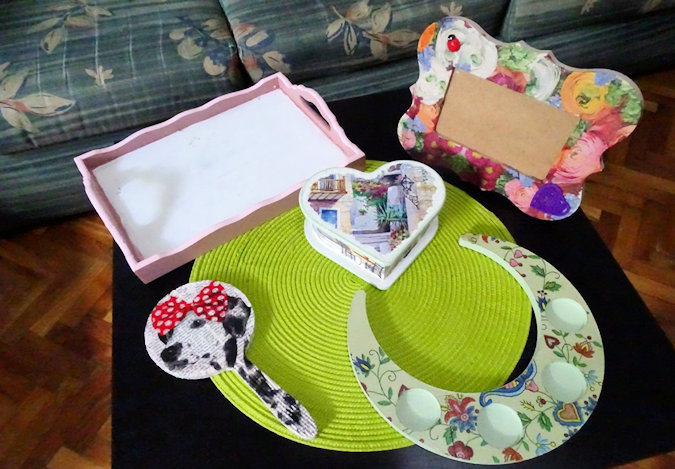Domestic violence shelter in Montenegro uses art to heal survivor trauma
Date:

Residents of Women’s Safe House, a domestic violence shelter in Montenegro, reduce stress and practice creativity through art-based occupational workshops organized by the shelter. Women’s Safe House is an implementing partner of the EU-UN Women regional programme on ending violence against women in the Western Balkans and Turkey, “Implementing Norms, Changing Minds,” funded by the European Union.
For women who reside at Women’s Safe House in Montenegro, a shelter for women survivors of domestic violence, the psychological effects of domestic violence can last long after the violence has ended.
To help shelter residents manage stress and take their minds off their traumatic experiences, staff members of Women’s Safe House began to organize art-based occupational workshops. Since January 2019, the shelter has held 18 occupational workshops, including activities like painting and decoupage. In the workshops, women create their own works of art and decorate practical objects, like furniture pieces, picture frames, and candlesticks.
Beyond serving as a creative outlet, the workshops have provided therapeutic benefits for residents. “We have had very positive feedback,” said Mira Saveljic, Director of Women’s Safe House. “Women have reported feeling calmer because they can focus on painting instead of worrying about their problems,” she added.
Domestic violence – a violation of women’s human rights prohibited by both national legislation and the Council of Europe Convention on preventing and combating violence against women and domestic violence (also known as the Istanbul Convention) – remains widespread in Montenegro. One in six Montenegrin women have experienced physical violence at the hands of a partner, and more than one in four have experienced psychological violence[1].
The workshops also helped residents build relationships with one another. As conversations began to flow, they shared stories about the violence they had endured and found commonalities in their experiences. “It’s like group therapy,” said one resident.
The items created by residents in the occupational workshops also have strong symbolic significance. As one resident stated, “I’m happy – I just made the first piece of furniture for my new apartment.” Another resident took her painting with her when she left the shelter to be the first piece of art to hang on the wall of her new home – a symbol of her transition to a new life.
[1]OSCE, 2019. “OSCE-led Survey on Violence Against Women: Montenegro.”